- No products in the cart.
Rumikoz caps. 100 mg of 6-Piece
$11.93
Rumikoz caps. 100 mg of 6-Piece
Description
Composition
Active substance:
1 capsule contains: itraconazole – 100 mg.
Excipients:
Hypromellose, poloxamer (lutrol), wheat starch, sucrose.
hard gelatin capsule: gelatin, titanium dioxide, quinoline yellow, iron oxide red, iron oxide black, yellow sunset, azorubin.
Description:
Capsules number 0 two-color: white body, cap pink and brown. Contents of capsules – spherical micro-granules from light yellow to yellowish-beige color.
Product form:
Capsules 100 mg.
5 or 6 capsules in blisters of PVC film and aluminum foil printed patent. 1 contour cell package to 6 capsules or contour of cellular packages 3 to 5 capsules together with instructions for use placed in a pile of cardboard.
Contraindications
Individual hypersensitivity to the drug or its components.
Simultaneous with the drug receiving Rumikoz® following medicines: drugs metabolised by the enzyme CYP3A4, which may increase the QT interval (terfenadine, astemizole, mizolastine, cisapride, dofetilide, quinidine, pimozide, levomethadone, sertindole); inhibitors of HMG-CoA reductase, an enzyme cleavable CYP3A4 (simvastatin, lovastatin); midazolam and triazolam (oral); ergot alkaloid drugs (dihydroergotamine, ergometrine, ergotamine and metilergometrin); Children up to age 3 years.
Precautions – Children’s age, severe heart failure, liver disease (including hepatic insufficiency accompanied), chronic renal insufficiency.
Dosage
100 mg
Indications
ringworm; fungal keratitis; onychomycosis caused by dermatophytes and / or yeasts and molds; systemic mycoses: systemic aspergillosis and candidiasis; cryptococcosis, including cryptococcal meningitis (immunosuppressed patients and patients with cryptococcosis Rumikoz® central nervous system should be administered only in cases where the first-line treatment drugs are not applicable in this case or not effective); histoplasmosis; sporotrizoz; paracoccidioidomycosis; blastomycosis; other systemic or tropical mycoses; candidiasis of the skin lesions and mucous membranes, including vulvovaginal candidiasis; deep visceral candidiasis; chromophytosis.
Interaction with other drugs
Drugs affecting the metabolism of itraconazole.
Itraconazole is mainly cleaved by the enzyme CYP3A4. When applied simultaneously with rifampicin, rifabutin, phenytoin, carbamazepine, isoniazid, is a potent inducer of the enzyme CYP3A4, bioavailability of itraconazole and hydroxy-itraconazole significantly reduced, which leads to a substantial reduction in efficacy. Concomitant use of these agents with Rumikoza® which are potential inducers of hepatic enzymes, it is not recommended.
Potent inhibitors of the enzyme CYP3A4, such as ritonavir, indinavir, clarithromycin and erythromycin may increase the bioavailability of itraconazole.
The effect of itraconazole on the metabolism of other drugs.
Itraconazole can inhibit the metabolism of drugs, cleavable by the enzyme CYP3A4. This may result in enhancement or extension of their actions, including, and side effects. After the cessation of treatment Rumikoz®, itraconazole concentration in plasma slowly decreases depending on the dose and duration of treatment (see. Pharmacokinetics section). It must be taken into account when discussing the inhibitory effect of itraconazole on concomitant medications.
Drugs affecting the absorption of itraconazole.
Drugs that reduce gastric acidity, reduce the absorption of itraconazole.
Medicaments designate that simultaneously with the preparation Rumikoz® not recommended: calcium channel blockers – in addition to a possible pharmacokinetic interaction associated with the common pathway involving metabolic enzyme CYP3A4, calcium channel blockers can have a negative inotropic effect, which is enhanced by simultaneous administration with Rumikoz® drug.
Drugs, while the appointment is recommended that you keep track of their plasma concentration, effect, side effects. If necessary, the dose of these drugs should be reduced: oral anticoagulants; HIV protease inhibitors (ritonavir, indinavir, saquinavir); Some antineoplastic agents (vinca alkaloids, busulfan, docetaxel, trimetrexate); CYP3A4 enzyme cleavable calcium channel blockers (verapamil and dihydropyridine derivatives); Some immunosuppressive agents (cyclosporin, tacrolimus, sirolimus (also known as rapamycin), some enzyme-cleavable CYP3A4 GMG CoA reductase inhibitors (atorvastatin), and some steroids (budesonide, dexamethasone and methylprednisolone); other drugs: digoxin, carbamazepine, buspirone, alfentanil, alprazolam, brotizolam, midazolam intravenous, rifabutin, ebastine, reboxetine, cilostazol, disopyramide, eletriptan, halofantrine, repaglinide.
Interactions between itraconazole with zidovudine and fluvastatin is not revealed.
There was no effect of itraconazole on the metabolism of ethinyl estradiol and norethisterone.
Studies in vitro have demonstrated no interaction between itraconazole and drugs such as imipramine, propranolol, diazepam, cimetidine, indomethacin, tolbutamide and sulfamerazine upon binding to plasma proteins.
Overdose
Data not available. Accidental overdosing should conduct gastric lavage within the first hour, to assign the activated carbon. Hemodialysis is not effective. There is no specific antidote.
pharmachologic effect
Pharmacological group:
Antifungal agent.
Pharmacodynamics:
Synthetic antifungal broad-spectrum triazole derivative. Inhibits the synthesis of ergosterol, which is an important component of the cell membrane of fungi. Itraconazole is active against dermatophytes (Trichophyton spp, Microsporum spp, Epidermophyton floccosum..); yeast-like fungi and yeasts (Cryptococcus neoformans, Pityrosporum spp, Trichosporon spp, Geotrichum spp, Candida spp, including Candida albicans, Candida glabrata and Candida krusei….); Aspergillus spp., Histoplasma spp., Paracoccidioides brasiliensis, Sporothrix schenckii, Fonsecaea spp., Cladosporium spp., Blastomyces dermatitidis, Pseudallescheria boydii, Penicillium marneffei, as well as other yeasts and molds.
Pharmacokinetics:
Suction.
Upon oral administration maximal bioavailability of itraconazole observed when taking the capsules immediately after a meal. Time to maximum plasma concentration is 3-4 hours.
Distribution.
The equilibrium concentration of itraconazole in plasma within 3-4 hours after ingestion of 0.4 ug / ml (when receiving 100 mg once a day), 1.1 ug / ml (when receiving 200 mg once a day) and 2, 0 ug / ml (when receiving 200 mg twice a day). Chronic administration of the equilibrium concentration achieved within 1-2 weeks. Relationship to plasma proteins – 99,8%.
Itraconazole is well into and distributed in the tissues and organs. The concentration of drug in the lungs, kidneys, liver, spleen, stomach, bone, skeletal muscle 2-3 times higher than its concentration in plasma. The accumulation of itraconazole in keratinous tissues, particularly the skin, is 4 times higher than in plasma, and elimination rate is dependent on the regeneration of the epidermis. In contrast to plasma concentrations that are not detectable after 7 days after cessation of treatment, a therapeutic concentration of itraconazole in skin persists for 2-4 weeks after stopping the 4-week course of treatment; in the vaginal mucosa – within 2 days after 3 days of treatment at a dose of 200 mg per day and 3 days after the day course of treatment in a dose of 200 mg twice a day. Therapeutic drug concentration in nail keratin determined 1 week after initiation of treatment and stored for 6 months after the end of 3 months of therapy. Itraconazole is also determined in the secretion of sebaceous and sweat glands.
Metabolism
Metabolised by the liver with the formation of active metabolites, one of which – hydroxy-itraconazole – is comparable to the action-itraconazole antifungal in vitro.
breeding
Deducing from the plasma is biphasic with a finite half-life of 24-36ch.
Excretion with feces from 3 to 18% of the dose. Renal excretion – less than 0.03% of the dose.
Approximately 35% of the dose is released in the form of metabolites in the urine within 1 week.
Pharmacokinetics in special clinical situations
In patients with renal insufficiency, and also in some patients with impaired immunity (e.g., AIDS, organ transplantation, or in the case of neutropenia), the bioavailability of itraconazole can be reduced. In patients with cirrhosis the bioavailability of itraconazole reduced half-life is increased.
Pregnancy and breast-feeding
Pregnant women Rumikoz® drug should be used only in life-threatening cases, if the expected benefit to the woman outweighs the potential risk to the fetus. When administered during lactation should stop breastfeeding.
Conditions of supply of pharmacies
On prescription.
side effects
On the part of the gastrointestinal tract: dyspepsia, nausea, vomiting, loss of appetite, abdominal pain, diarrhea, constipation. On the part of hepato-biliary system: a reversible increase in the activity of “liver” transaminases, hepatitis; very rarely – severe hepatotoxicity, including acute hepatic failure with a fatal outcome. From the nervous system: headache, dizziness, peripheral neuropathy.
Allergic reactions: skin rash, pruritus, urticaria, angioneurotic edema, rarely – erythema multiforme (Stevens-Johnson syndrome).
With the Skin: alopecia, photosensitivity
Other: menstrual disorders, hypokalemia, edema syndrome, congestive heart failure and pulmonary edema, giperkreatinemiya, staining of urine in a dark color.
special instructions
Rumikoz® should not be administered to children, except in cases where the expected benefits outweigh the potential risks
Women of childbearing age receiving Rumikoz® adequate contraceptive measures during the course of treatment should be used until the onset of the first menstrual period after its completion.
In the investigation of the intravenous dosage form of the preparation Itraconazole noted transient asymptomatic decrease in left ventricular ejection fraction, normalized to the next infusion.
It is found that itraconazole has a negative inotropic effect. It reported cases of heart failure associated with taking Rumikoza®. Rumikoz® should not be taken in patients with chronic heart failure, or with the presence of this disease in history except for the cases when the potential benefit outweighs the potential risk significantly.
Calcium channel blockers can have a negative inotropic effect, which can enhance this effect itraconazole; itraconazole can reduce the metabolism of calcium channel blockers. At the same time taking itraconazole and calcium channel blockers should be careful.
In patients with renal insufficiency, the bioavailability of itraconazole may be reduced, which may require dose adjustment.
At low acidity of gastric absorption of itraconazole is broken. Patients taking antacids (e.g., aluminum hydroxide), it is recommended to use them no earlier What through 2 hours after administration Rumikoza®. In patients with achlorhydria or applying histamine H2-blockers or proton pump inhibitors, it is advised to take Rumikoza® capsules with acidic beverages.
In very rare cases, the application Rumikoza® develop severe hepatotoxicity, including cases of acute liver failure with fatal consequences. This occurred with patients who have already had liver disease, and in patients who received other drugs having hepatotoxic effect. Several such cases have arisen in the first month of therapy, and some – in the first week of treatment.
In this connection, it is recommended to regularly monitor liver function in patients receiving treatment with itraconazole.
Treatment should cease when an neuropathies, which may be associated with the reception of capsules Rumikoza®.
No data on the cross-hypersensitivity to itraconazole and other azole antifungal agents. Rumikoz® capsules should be used with caution in patients with hypersensitivity to other azoles.
In patients with impaired immunity (AIDS, after organ transplantation, neutropenia) may require increased doses of Rumikoza®.
Effects on ability to drive and operate machinery
It was not observed.
Storage conditions
In a dry, dark place at a temperature not higher than 25 ° C.
Keep out of the reach of children.
Dosing and Administration
Inside, after a meal.
Vulvovaginal candidiasis, 200 mg 2 times a day or 200 mg 1 time per day, lecheniya- course of 1 day or 3 days
Pityriasis versicolor-1 200 mg once a day, treatment 7 days
Tinea smooth skin-200 1 mg once daily or 100 mg once a day 1, treatment of 7 days or 15 days
Lesions vysokokeratinizirovannyh skin areas such as the hands and stopy- 200 mg 2 times daily or 100 mg once a day 1, course of treatment, 7 days or 30 days
Oral candidiasis 100 mg once a day 1, treatment 15 days
Fungal keratitis 200 mg, 1 time a day, the course of treatment, 21 days, a correction may be the duration of treatment, taking into account the positive dynamics of the clinical picture.
Bioavailability when given orally can be reduced in some patients with compromised immune systems, for example, in neutropenic patients, AIDS patients or organ transplant patients. In these cases, it may require a doubling of the dose.
Onychomycosis caused by dermatophytes and / or yeasts, fungi.
Pulse therapy.
One treatment: daily intake of 200 mg 2 times (2 capsules 2 times per day) for 7 days.
For the treatment of fungal infections of the nail plate brushes recommended 2 courses.
For the treatment of fungal infections of the nail plate is recommended to stop the 3 rd year.
The interval between courses, during which it is not necessary to take the drug, up to 3 weeks. Clinical results become apparent after treatment, as regrowth of the nail.
Defeat stop nail plates with a lesion or lesions without nail plates brushes 1 Week-1 rate pulse therapy, 2,3,4 week-free reception Rumikoza, 5 weeks-2 rate pulse therapy, 6,7,8 weeks the availability of receiving Rumikoza, 9-week course of 3 pulse therapy.
Defeat nail plates brushes 1 Week-1 rate pulse therapy, 2,3,4 week-free reception Rumikoza, 5 weeks-2 rate pulse therapy.
Continuous treatment.
Defeat stop nail plates with a lesion or lesions without nail plates brushes 200 mg per day, the duration of treatment-3 months
Excretion of itraconazole from skin and nail tissue is slower than from plasma. Thus, the optimal clinical and mycological effect achieved within 2-4 weeks after the treatment of skin diseases and 6-9 months after completion of treatment of nail diseases.
systemic mycoses
Aspergillosis: 200 mg 1 time per day, treatment-2-5 months in the case of invasive or metastatic disease recommended dose increased to 200 mg 2 times a day.
Candidiasis: 100-200 1 mg once a day treatment, from 3 weeks to 7 months in the case of invasive or metastatic disease recommended dose increased to 200 mg 2 times a day.
Cryptococcosis (except meningitis): 200 mg 1 time per day, treatment-from a course of 2 months to 1 year
Cryptococcal meningitis: 200 mg twice a day, a course of treatment from 2 months to 1 year of maintenance therapy – see “Special Instructions”.
Histoplasmosis: 200 mg 1 time per day up to 200 mg twice a day, a course of treatment, 8 months.
Blastomycosis: 100 mg 1 time per day to about 200 mg twice a day, treatment-6 months.
Sporotrichosis: 100 mg 1 time a day, the course of treatment, 3 months.
Paracoccidioidomycosis: 100 mg 1 time a day, the course of treatment 6 months.
Chromomycosis: 100-200 mg 1 time a day, the course of treatment 6 months.
Information
Appearance may differ from that depicted in the picture. There are contraindications. You need to read the manual or consult with a specialist
Additional information
| Weight | 0.100 kg |
|---|---|
| Manufacturer | Valenta Pharm |

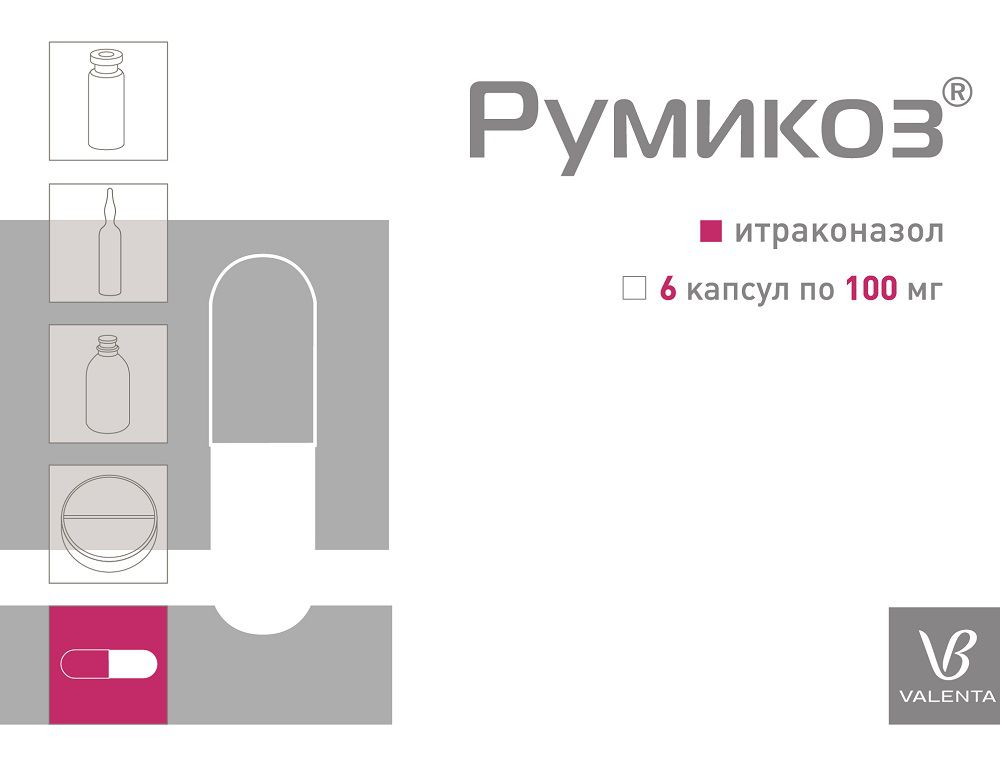
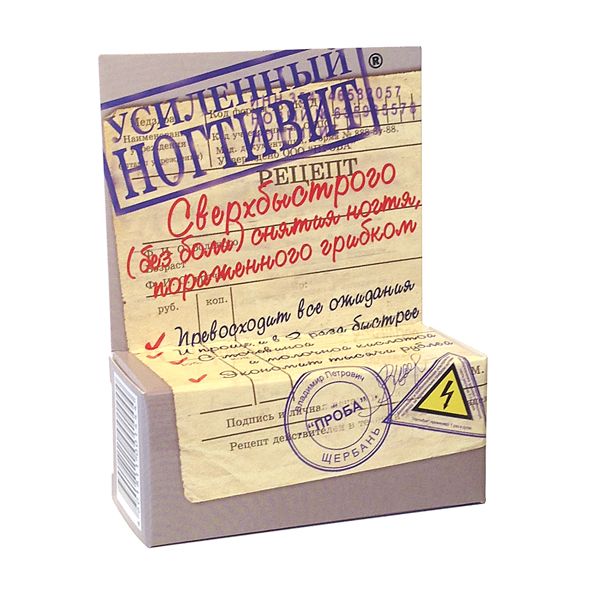
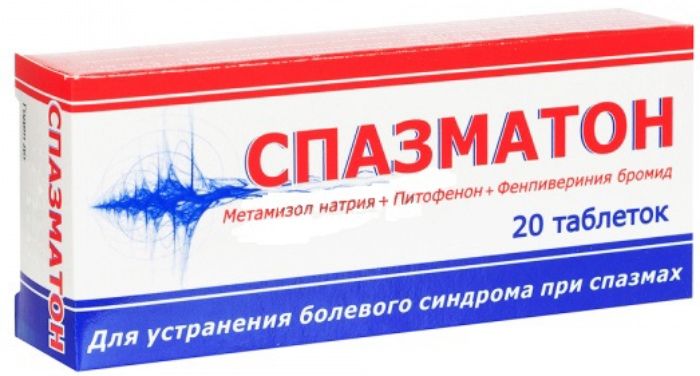

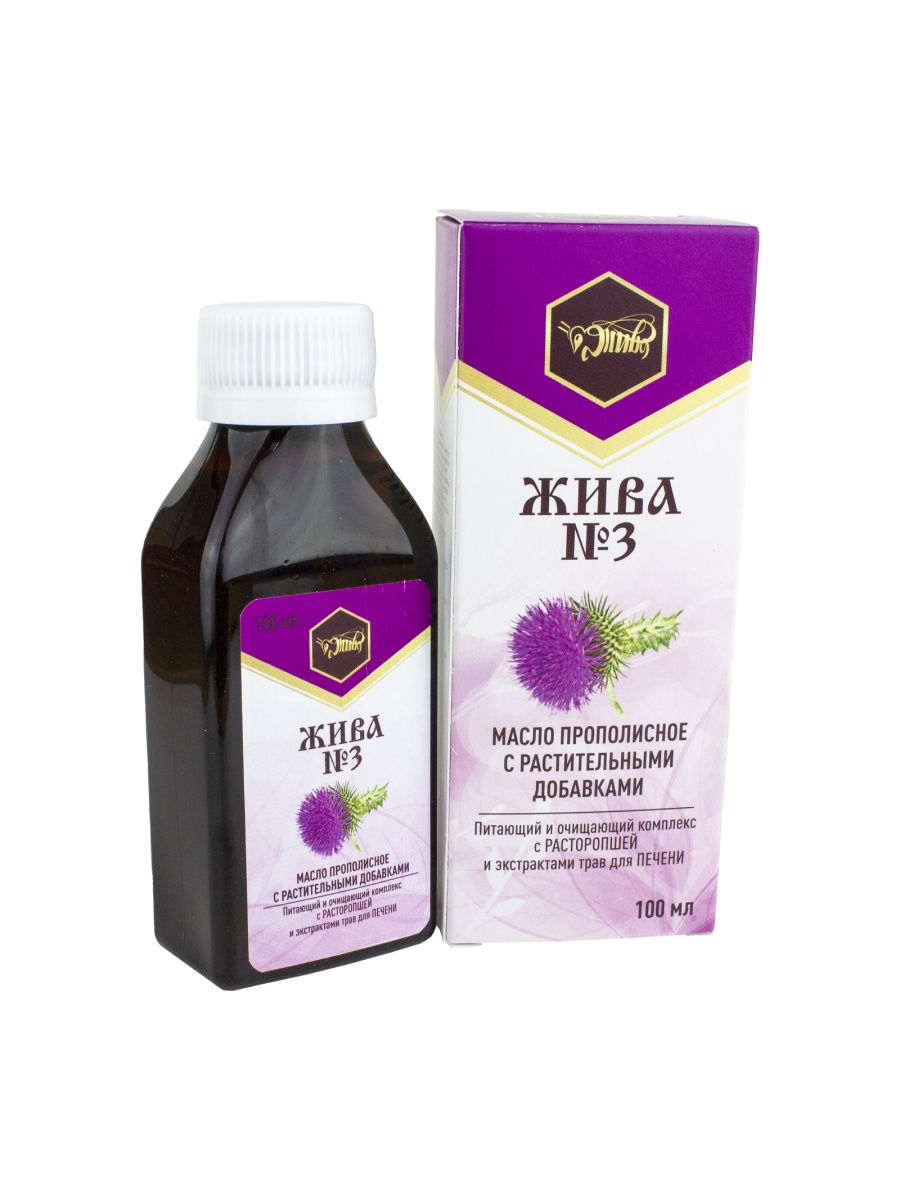

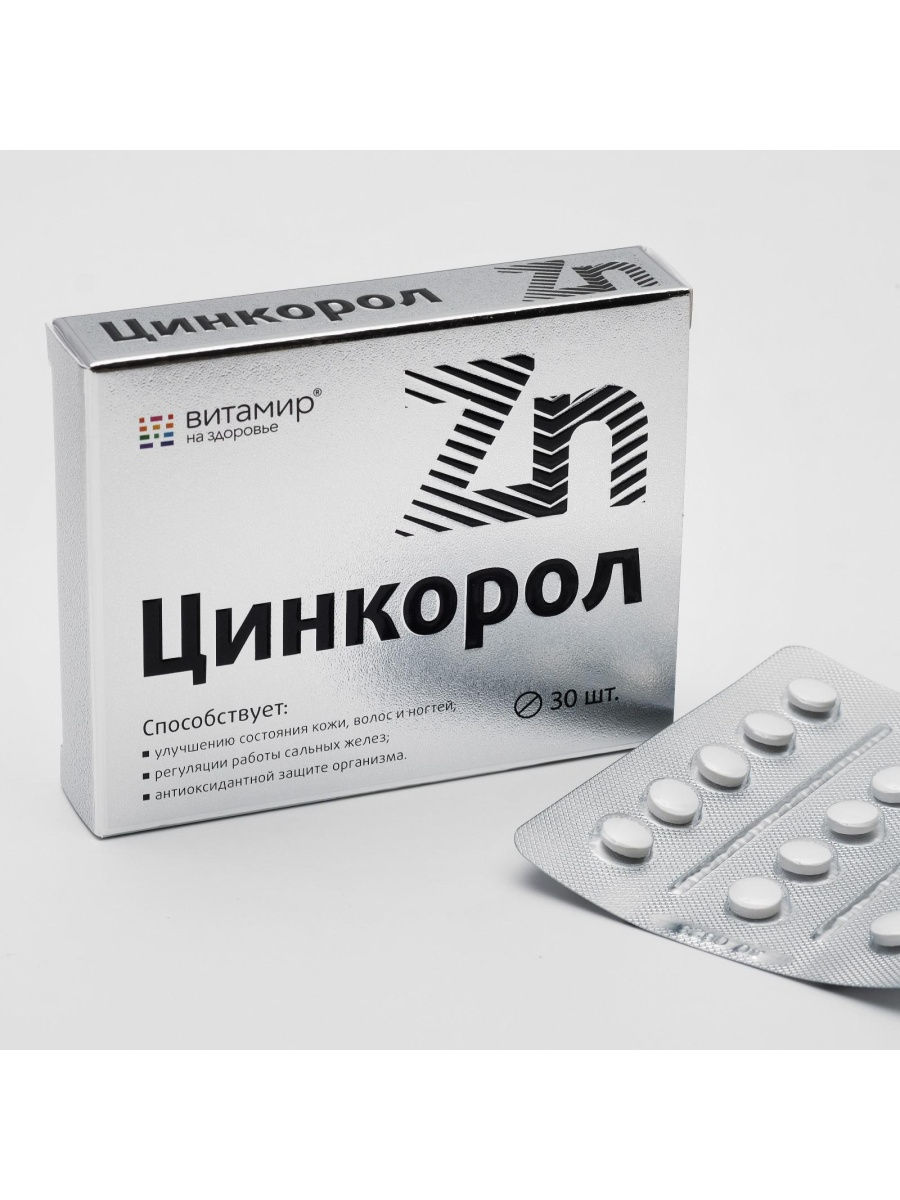
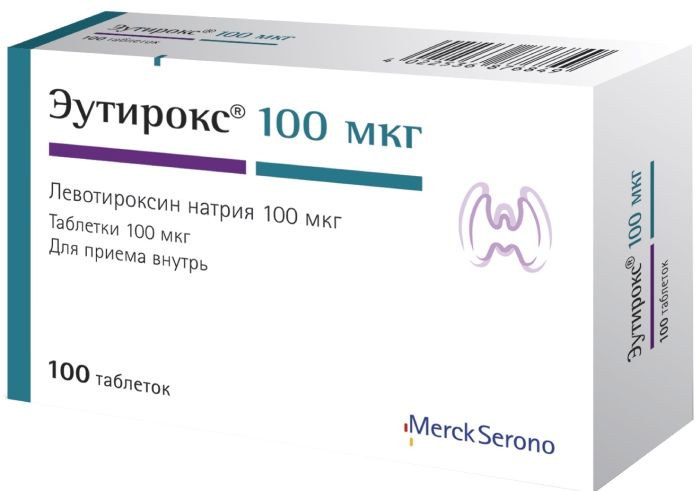
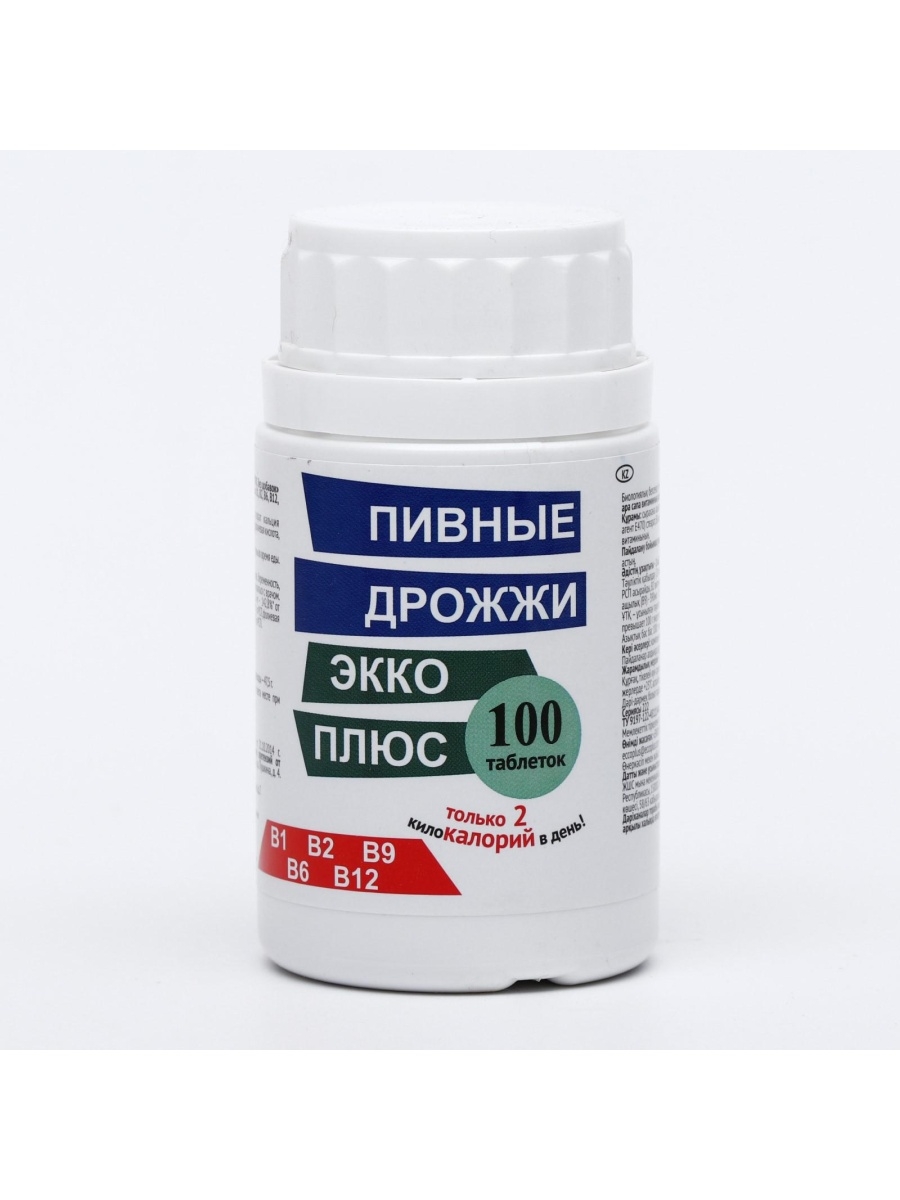



There are no reviews yet.